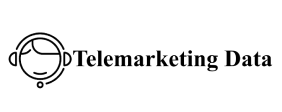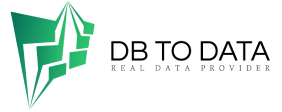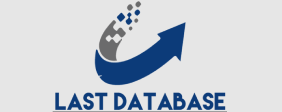Title: Effective Executive Email Communication: Examples and Best Practices
In today’s fast-paced business world, effective communication is the cornerstone of success for any executive. Emails have become a primary means of exchanging information, making it crucial for executives to master the art of crafting impactful emails. Whether it’s communicating with colleagues, stakeholders, or clients, well-written executive emails can foster better understanding, collaboration, and ultimately drive positive outcomes. In this article, we will explore some exemplary executive email examples along with best practices to enhance your email communication skills.
I hope this email finds you well. I wanted to provide a quick update on our current project. We are approaching a critical milestone next week, and I wanted to clarify our expectations to ensure a smooth execution.
By Monday please submit
A detailed progress report outlining the accomplishments, challenges faced, and a revised timeline if necessary. This will enable us to identify any potential roadblocks and adjust our strategies accordingly.
Let’s collaborate closely to ensure our efforts are aligned, and we achieve the best possible results. Your dedication to this project is truly appreciated.
I wanted to extend my heartfelt congratulations on the successful launch of our new product, [Product Name]. Your dedication, hard work, and attention to detail have truly paid off. The positive feedback we’re receiving from both clients and partners is a testament to your exceptional efforts.
This achievement not only reflects your skills but also the collaborative spirit of our team. It’s moments like these that remind us why we’re in this business – to make a meaningful impact.
Once again, congratulations on this VP Communications Officer Email Lists milestone. Let’s continue to build upon this success for even greater accomplishments in the future.
Clear and Concise Subject Line: Your subject line should summarize the email’s purpose. Avoid vague subjects and strive for clarity to help recipients prioritize their emails.
Use a Professional Tone: Maintain a professional and respectful tone in all your communications. Avoid slang, jargon, or overly formal language that can create barriers.
Personalization Address recipients
By their names and tailor the email content to their specific needs or interests. This demonstrates your attention and consideration.
Get to the Point: Start with the most important information or request at the beginning of the email. Busy executives appreciate concise and direct communication.
Structured Content: Organize your email with paragraphs, bullet points, and headings to make it easier to read. A well-structured email is more likely to be comprehended.
Proofread and Edit: Typos and grammatical errors can undermine your credibility. Always proofread your email before sending it.
Call to Action: Clearly outline the desired action or response you expect from the recipient. Make it easy for them to understand what’s required.
Appropriate Sign-off: Choose an appropriate sign-off based on the tone of your email. Common options include “Best regards,” “Sincerely,” or “Warm regards.”
In conclusion, executive emails play a pivotal role in modern business communication. By following the provided examples and best practices, you Book Your List can enhance your ability to communicate effectively, foster collaboration, and achieve your professional goals. Remember, a well-crafted email can leave a lasting impression and set the stage for successful outcomes in your endeavors.







